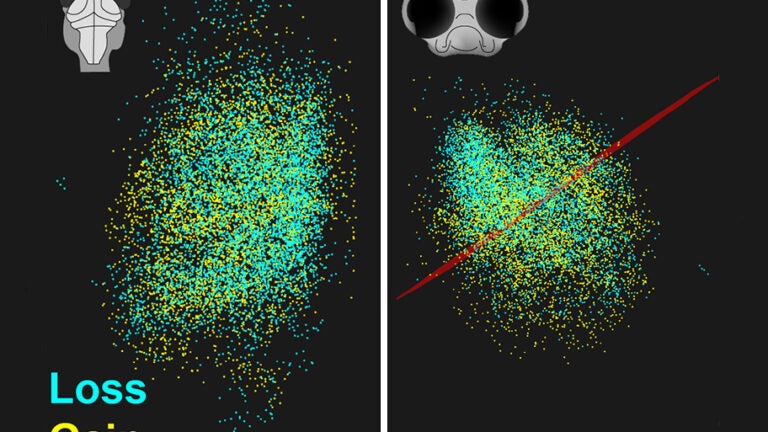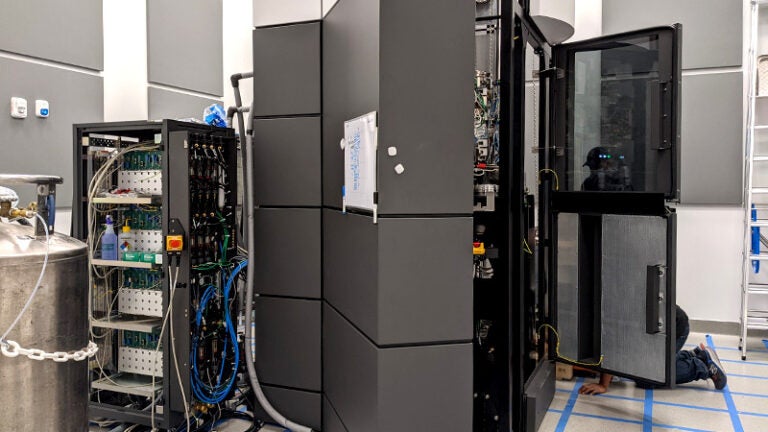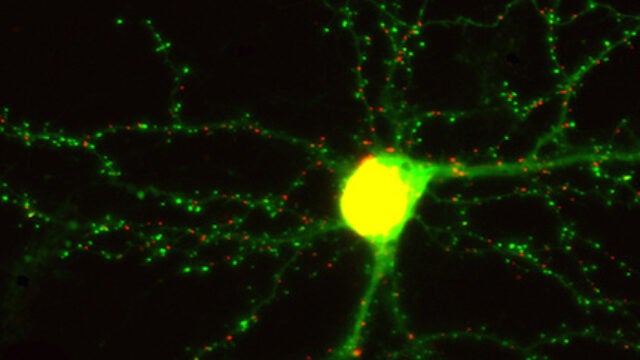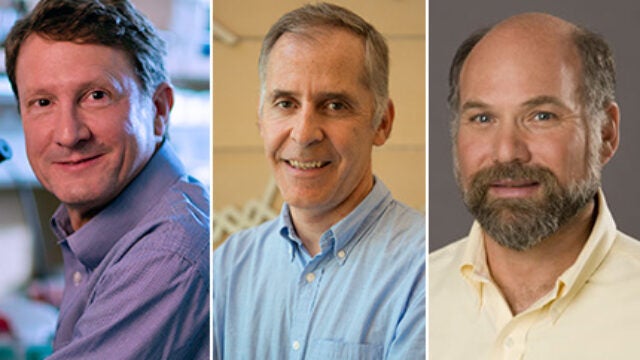Fish that glow; a tailor-made microscope; a new way to catalog science. After six years, researchers produce the first snapshots of memory in a living animal. [4¼ min read]
USC Dornsife News
Building on a long-time relationship, USC and biotechnology giant Amgen team up to establish a cryo-electron microscopy core facility at USC’s University Park campus. [4½ min read]
A computer algorithm for analyzing time-lapse biological images could make it easier for scientists and clinicians to find and track multiple molecules in living organisms. The technique is faster, less expensive and more accurate than current methods — and it even works with cell phone images.
Researchers led by neuroscientist Don Arnold develop GFE3, which may help in mapping the brain’s connections and controlling neural activity.
At USC’s Translational Imaging Center, Scott Fraser and Jeff Fingler develop a new method that could help save diabetes patients from diabetic retinopathy.
USC Dornsife researchers are combining the best minds from the arts and sciences to create a virtual model of the human body as The Bridge@USC aims to catalyze a new era of biotech leadership in the Los Angeles area.
USC Dornsife scientists collaborate with engineers to image synapses in living zebrafish and gain a better understanding of the brain.
Researchers from across campus, including Don Arnold and Scott Fraser, visualize and study brains as they form memories.
We know it’s spelled Convergent Bioscience. But USC Dornsife sees the urgency in this heads-up rather than heads-down research mentality.
- 1
- 2
Contact USC Dornsife News
Media Inquiries
Contact Ileana Wachtel








